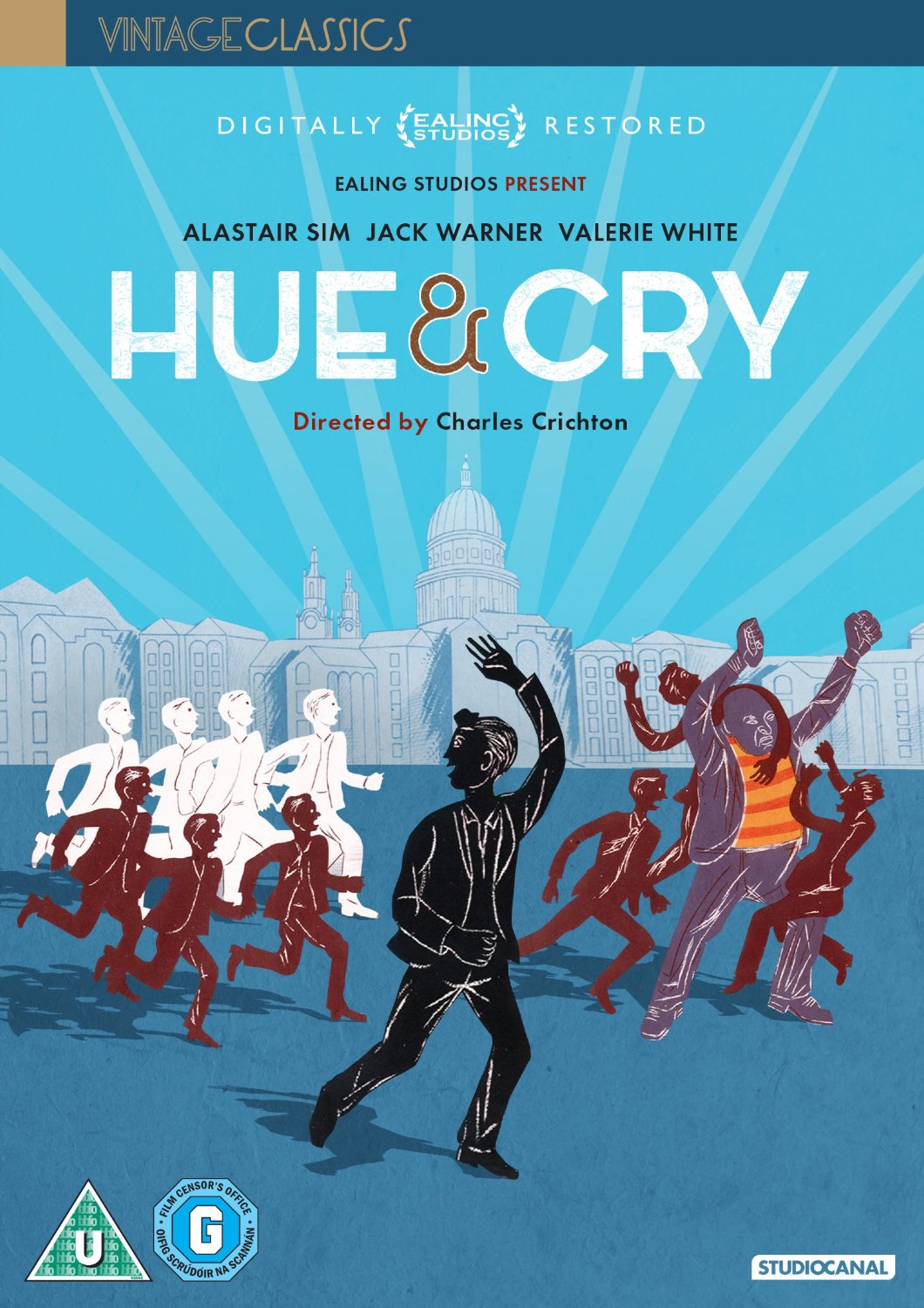

But hostility arises just as quickly when scientists’ findings challenge the political or religious status quo. Scientific findings have long met with ambivalent responses: A welcome mat rolls out instantly for horseless buggies or the latest smartphones. Academic intellectuals put the word “science” in quotes, and members of the lay public reject vaccinations for their children. In public opinion surveys, a majority of Americans choose not to accept more than a century’s worth of evidence on evolution by natural selection. On a regular basis, government decision-makers enact policies that fail to heed decades of evidence on climate change. Yet a consensus about what constitutes a fact does not always come so readily. But evidence gleaned from observing its bone structure, its lack of gills and the genes it holds in common with other warm-blooded land animals leads to its being classified as a mammal with a very high level of confidence. Based on its appearance and aquatic home, the animal was assumed to be a fish. After all, the scientific enterprise reaches its conclusions by testing hypotheses about the workings of the natural world. doi: 10.1111/ principle, science should set itself apart from the hue and cry of partisan bickering. "The hue and cry in medieval English towns". "The limits of strong government: attempts to control criminality in thirteenth-century England". "The Hue and Cry in Thirteenth-Century England". American Heritage Dictionary of the English Language.

^ "Compiled Definition and Etymology of Hue and Cry".(Subscription or participating institution membership required.) ^ Adams, George Burton & Henry Morse Stephens, eds.according to the 1960 federal census or any subsequent federal census, and in Fentress County and Hamblen County, every constable shall take an oath that the constable will well and truly serve the state in the office of constable that the constable will cause the peace of the state to be kept, to the best of the constable's power that the constable will arrest all such persons as go in the constable's sight armed offensively, or who commit any riot, affray, or other breach of the peace, or will use the constable's best endeavor, on complaint made, to apprehend all felons, rioters, or persons riotously assembled and that, if such persons flee or make resistance, the constable will pursue, and make hue and cry, according to law that the constable will faithfully, and without delay, execute and return all lawful process directed to the constable and that the constable will well and truly, according to the constable's power and ability, do and execute all other duties of the office of constable. Hue and Cry: a newspaper advertisement that offered rewards for the recapture of slaves who had escaped their masters.From the late 18th century until 1839, Hue and Cry was a principal or variant title for the weekly newspaper, containing details of crimes and wanted people, that afterwards became better known as the Police Gazette."Hue" appears to come from the Old French huer, which means "to shout", and "cry" from Old French crier ("to cry"). Other sources indicate that it has always been a somewhat redundant phrase meaning an outcry and cry, though such "redundancy" is a feature of the legal doublet. It is possible that the term is an Anglicization via Anglo-French of the Latin hutesium et clamor, meaning "a horn and shouting". The oath of office for constables in Tennessee, USA specifically mentions that it is the duty of the constable to sound the hue and cry. Those who raised a hue and cry falsely were themselves guilty of a crime. It was moreover provided that "the whole hundred … shall be answerable" for the theft or robbery committed, in effect a form of collective punishment. All able-bodied men, upon hearing the shouts, were obliged to assist in the pursuit of the criminal, which makes it comparable to the posse comitatus. capitulum 4, it was provided that anyone, either a constable or a private citizen, who witnessed a crime shall make hue and cry, and that the hue and cry must be kept up against the fleeing criminal from town to town and from county to county, until the felon is apprehended and delivered to the sheriff. In common law, a hue and cry is a process by which bystanders are summoned to assist in the apprehension of a criminal who has been witnessed in the act of committing a crime.īy the Statute of Winchester of 1285, 13 Edw. JSTOR ( December 2009) ( Learn how and when to remove this template message).Unsourced material may be challenged and removed. Please help improve this article by adding citations to reliable sources. This article needs additional citations for verification.


 0 kommentar(er)
0 kommentar(er)
